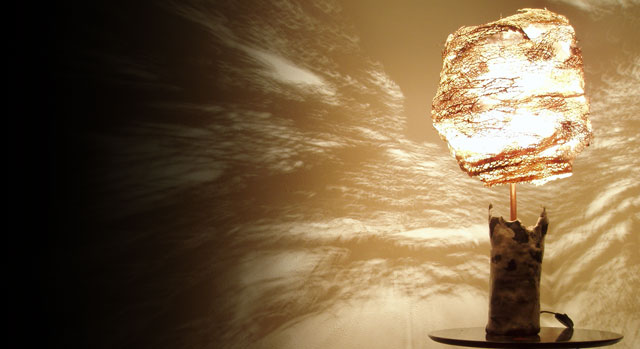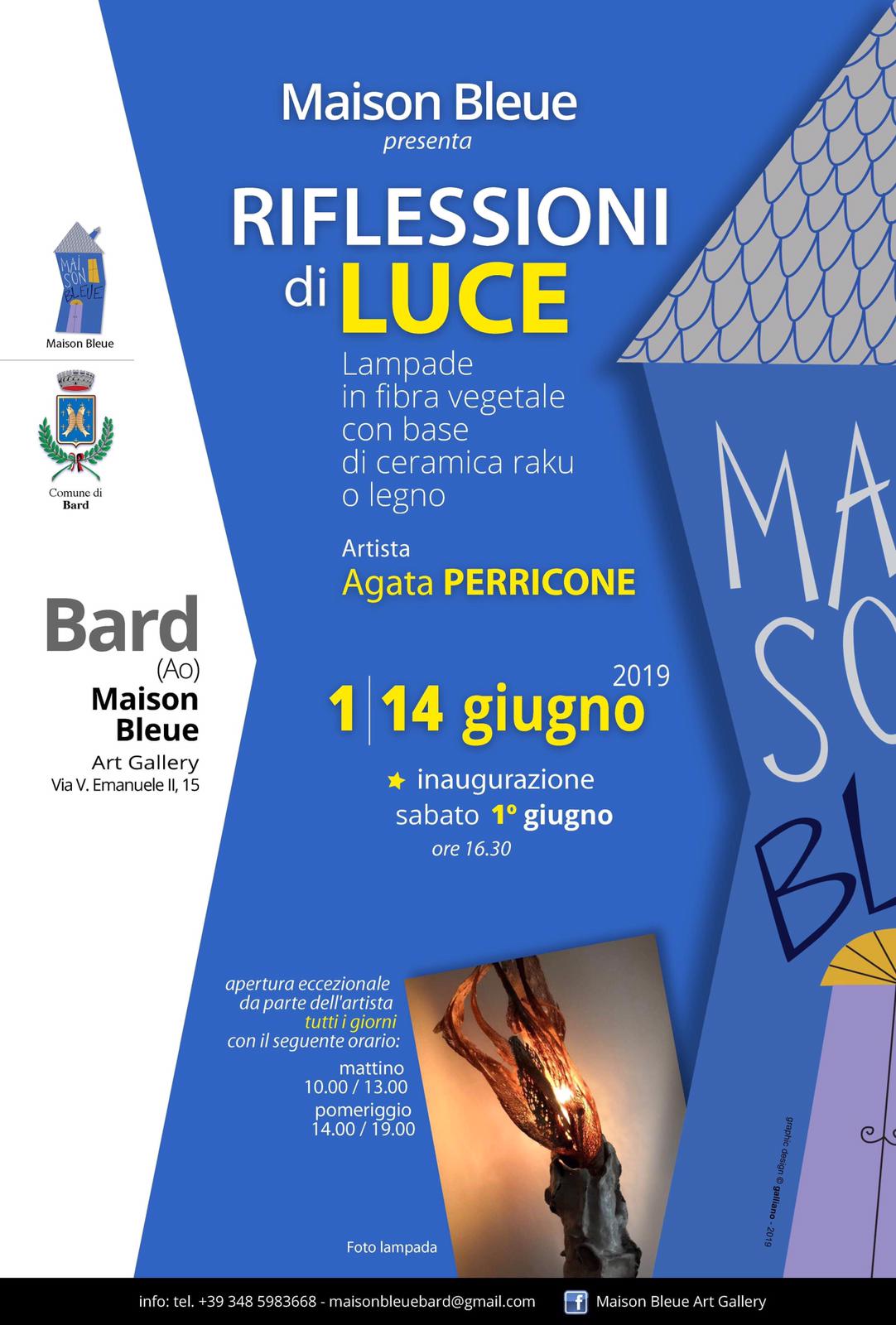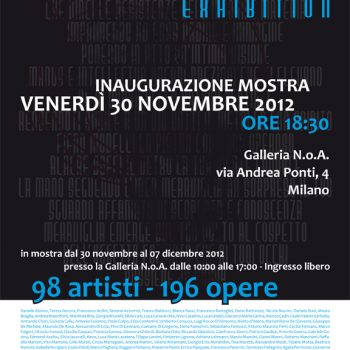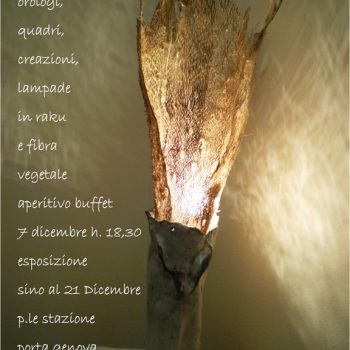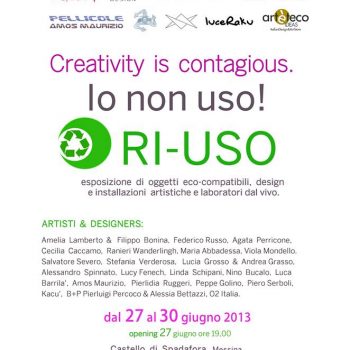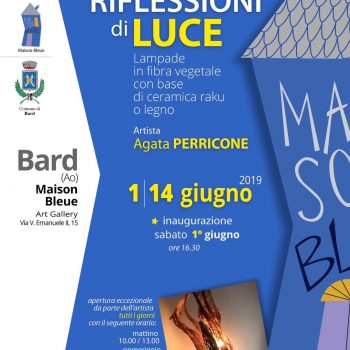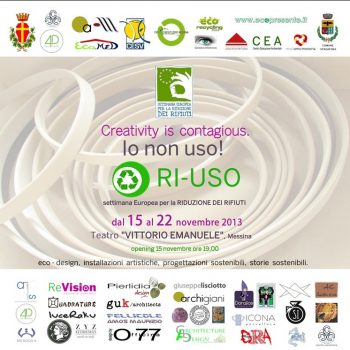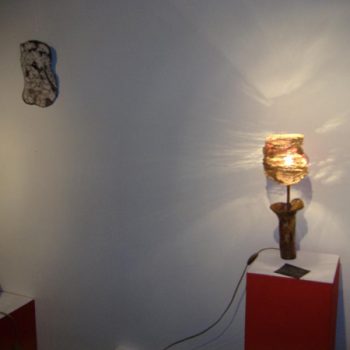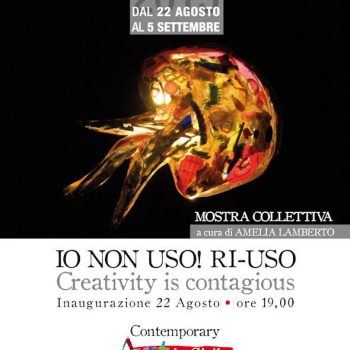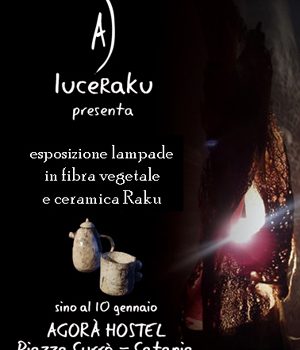The artist from Messina, Agata Perricone, is working, grappling with the ceramics and organic materials with which she composes her works that will be exhibited in December in the city of the strait.
The last years spent in research on the subject, the use of the ancient oriental raku technique to create objects with the wisdom of the craftsman and a decidedly artistic creativity.
The technique, of Japanese origin, is inspired by Zen philosophy and it combines all the elements present in nature: earth, fire, air, water and lastly metal, the fifth element according to the oriental culture.
The term “Raku” means harmony, grace, happiness and the cups made with this technique were used for the tea ceremony. The reflections of the colour are changing, according to the temperature variations during the reduction process, to the atmospheric agents, unpredictable and random, unique as the human soul. The art of Agata does not look for perfect forms, nothing that is too constructed or refined, but the softness of calm lines on objects that come close to nature and come out from the mixture of clays, enamels, oxides to which fire gives strength and sparkling chromatic nuances that touch the black and white, often scratched by silvery, almost metallic notes perfectly mixed on vases, plates, lamps, things of common use, unique in their kind, inimitable, extraordinary pieces of furniture that do not suffer from technical imitation and reseble only those who create them and those who choose them. The originality of the work is given by a careful selection of materials, which are often organic, obtained through the natural processes of decay and transformation of plants and trees.
Agata builds lamps that carry storms … shrubs wasted by the sun, delicate natural lattices uprooted by the wind and rains, sometimes dragged along the sandy shore, searched, collected in arid fields near the sea already designed for another story, for new looks , peeled, flaked, set on rotating olive or fig- wood bases on which these impalpable leaves run upwards, each in its own way, now sharp and tight, now soft and wide, but always different depending on the size and shape of the original plant, with the natural shades of colour that depend on the time that the shrubs have spent under the sun. Works of refined beauty that still seem to be moved by the wind, a material that preserves its biological past, the porous texture of signs over time.



